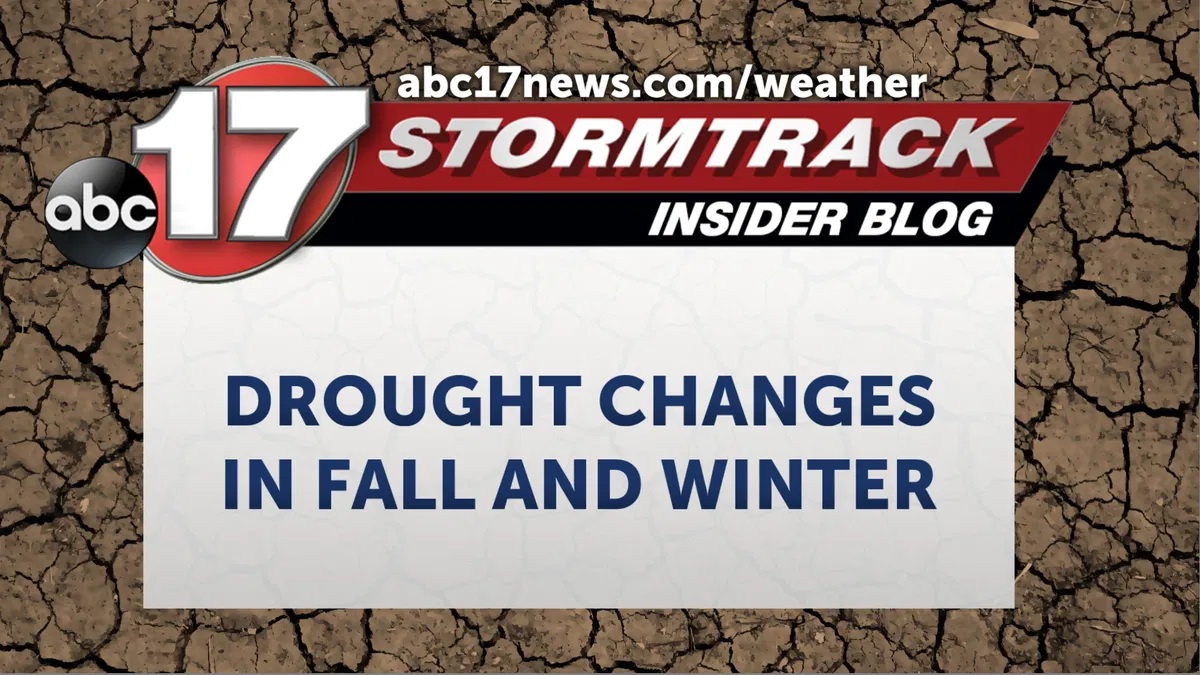
Drought is a year-round concern, but how it’s tracked and analyzed changes with the seasons.
In the warmer months, in the spring through early fall, scientists focus on soil moisture and rainfall patterns to determine drought. These indicators help assess how much water is available for crops and vegetation during the growing season.
When rainfall is scarce and the soil starts drying out, that’s a clear sign of agricultural drought.
Farmers are especially tuned into drought conditions during these months, as a lack of summer rain can quickly escalate into widespread stress on the environment and water supplies.
But as temperatures cool and vegetation goes dormant, these indicators change.
In the late fall and winter, the focus turns to stream flows to diagnose the drought. As snow accumulates in higher elevations and then melts, hydrologists watch rivers and reservoirs for signs of recovery or worsening hydrologic drought.
Lower stream levels in the winter can signal long-term water shortages, which in turn helps to forecast the coming spring and summer.
Stream flows across the state are around average as the current drought is due to a lack of rainfall recently. This will be something to watch into the winter in case that lack of precipitation continues.



